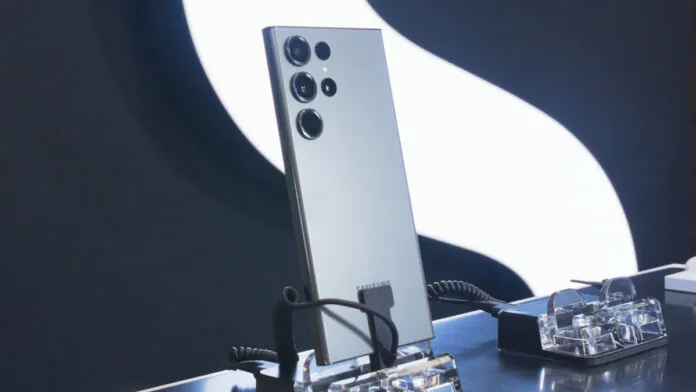© ROOT-NATION.com - Use of content is permitted with a backlink.
Well, war is war, and the economic front is no less important in our everyday life. And I express my deep gratitude to companies like Samsung that resume operations in Ukraine despite the shelling and help the country breathe as freely as the occupier’s barely intact but still hanging around our neck allows.
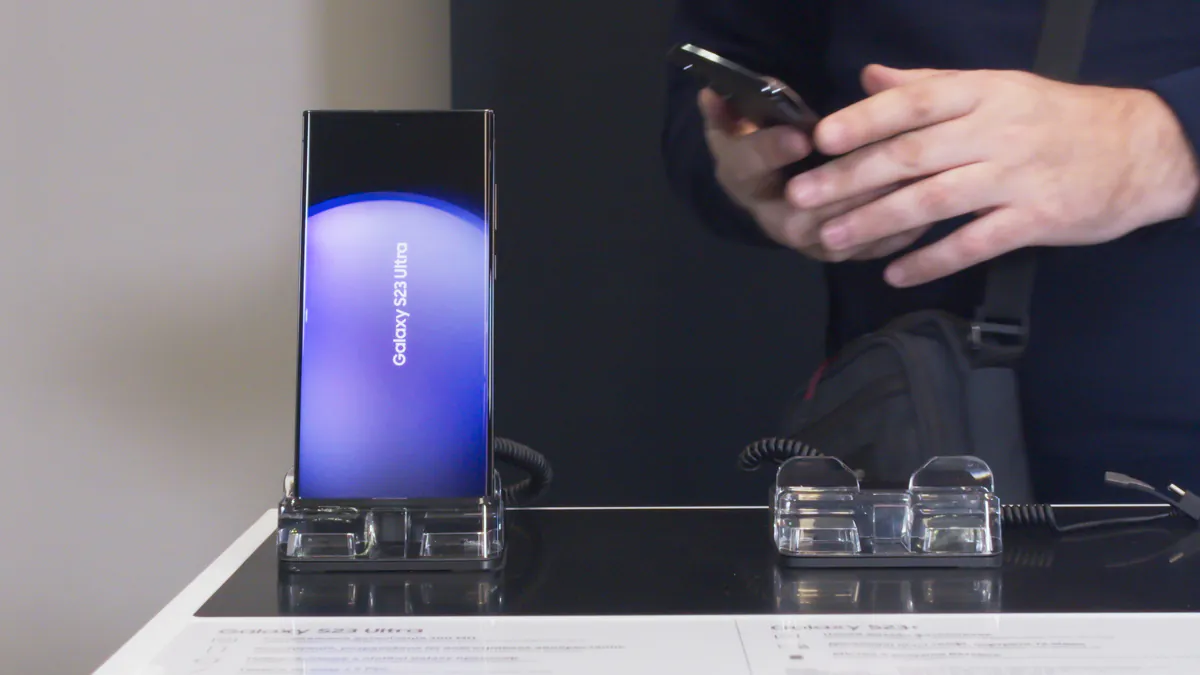 However, lyrics are lyrics, and new products are on schedule. We have three smartphones. Samsung Galaxy S23, Galaxy S23 Plus, and Galaxy S23 Ultra. Yes, this time without watches, headphones, or tablets, though as many of them as you will see in the background in our photo report and video are just additional props.
However, lyrics are lyrics, and new products are on schedule. We have three smartphones. Samsung Galaxy S23, Galaxy S23 Plus, and Galaxy S23 Ultra. Yes, this time without watches, headphones, or tablets, though as many of them as you will see in the background in our photo report and video are just additional props.
Video report
Don’t want to read the text? Watch our video about the new Samsung smartphones!

Read also: Review and experience: Is it worth buying the Samsung Galaxy S22 Plus in 2023?
What smartphones have in common
I’ll say right away what all smartphones have in common. The absence of proprietary Exynos processors for all regions. This year’s devices are based on the flagship Qualcomm Snapdragon 8 Gen2 4-nanometer system-on-chip with Adreno 740 video accelerator. This is a special version of the chip for Samsung, so it is called Qualcomm Snapdragon 8 Gen 2 Mobile Platform for Galaxy. What this means remains to be seen, but we can definitely note the overall power, energy efficiency, and let’s hope that the cooling will not let us down either.
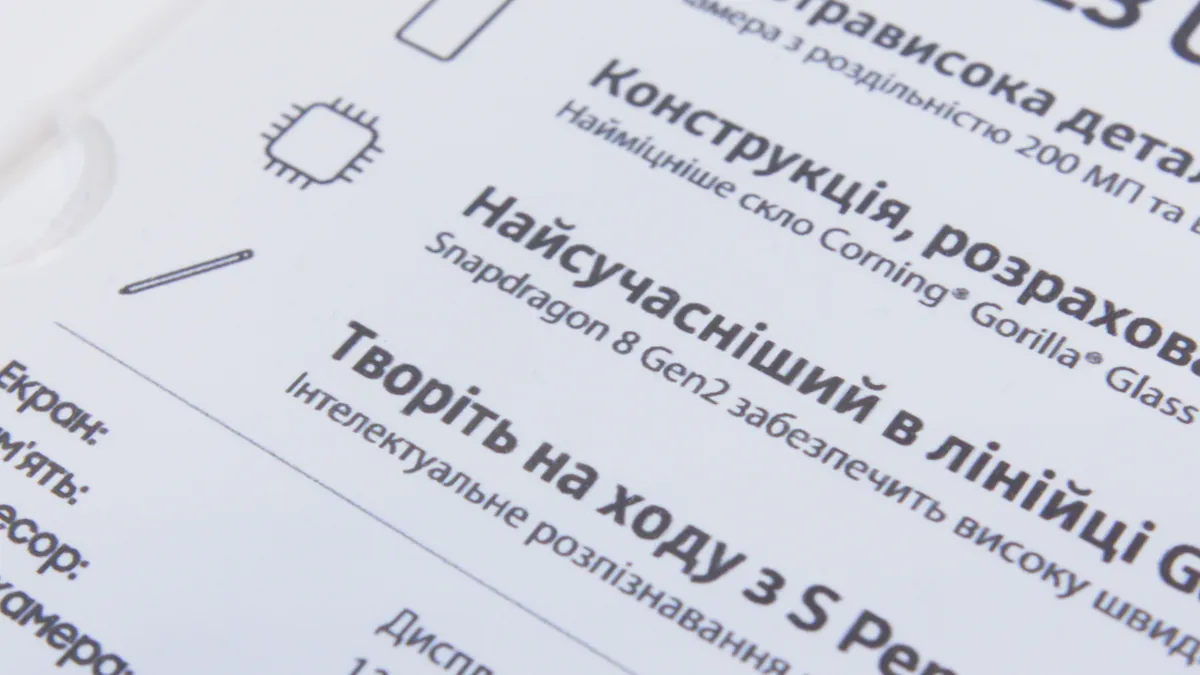
The SoC leads to the unification of most characteristics in general. All smartphones have Bluetooth 5.3, Wi-Fi 802.11 a/b/g/n/ac/6e, GPS, GLONASS, BDS, GALILEO, USB Type-C 3.2 port with OTG and reverse charging, DeX desktop mode, a slot for 2 SIM cards and no microSD slot, Face ID and 5G support, as well as an in-screen fingerprint scanner and wireless charging.
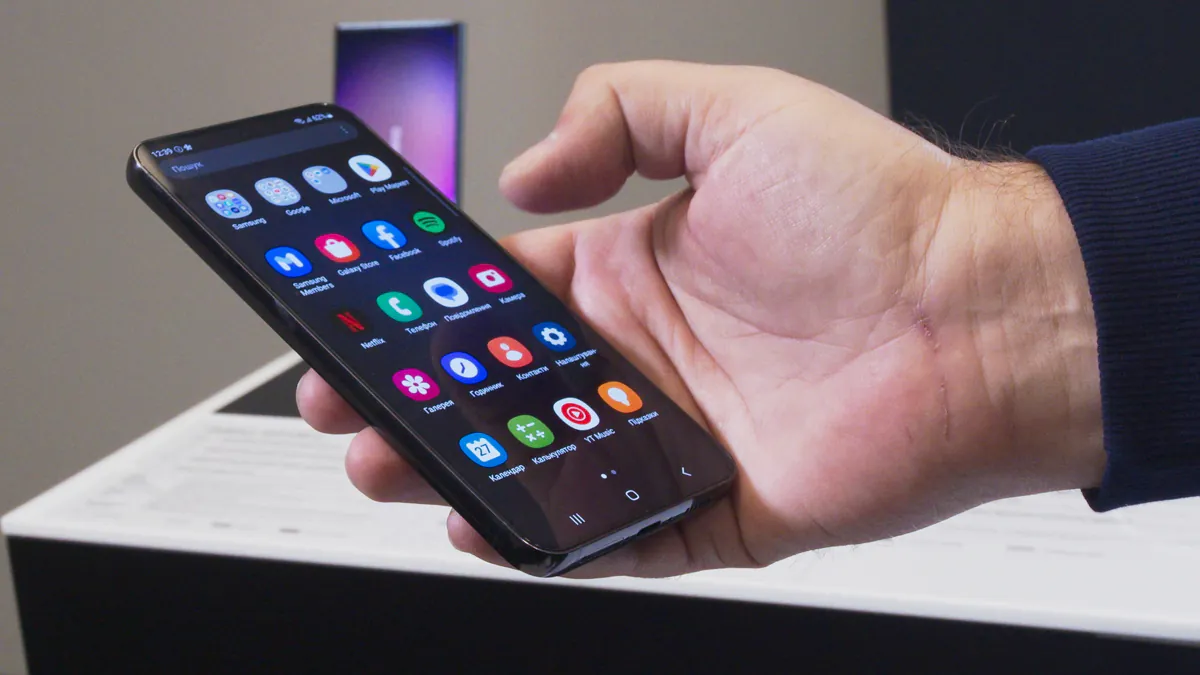
Next is the One UI 5.1 shell. It still hasn’t returned the settings icon at the bottom of the curtain, where it was before version 3.0, which made it much easier to navigate to the settings menu… But otherwise, the fresh shell is the top on Android 13 from the Koreans.
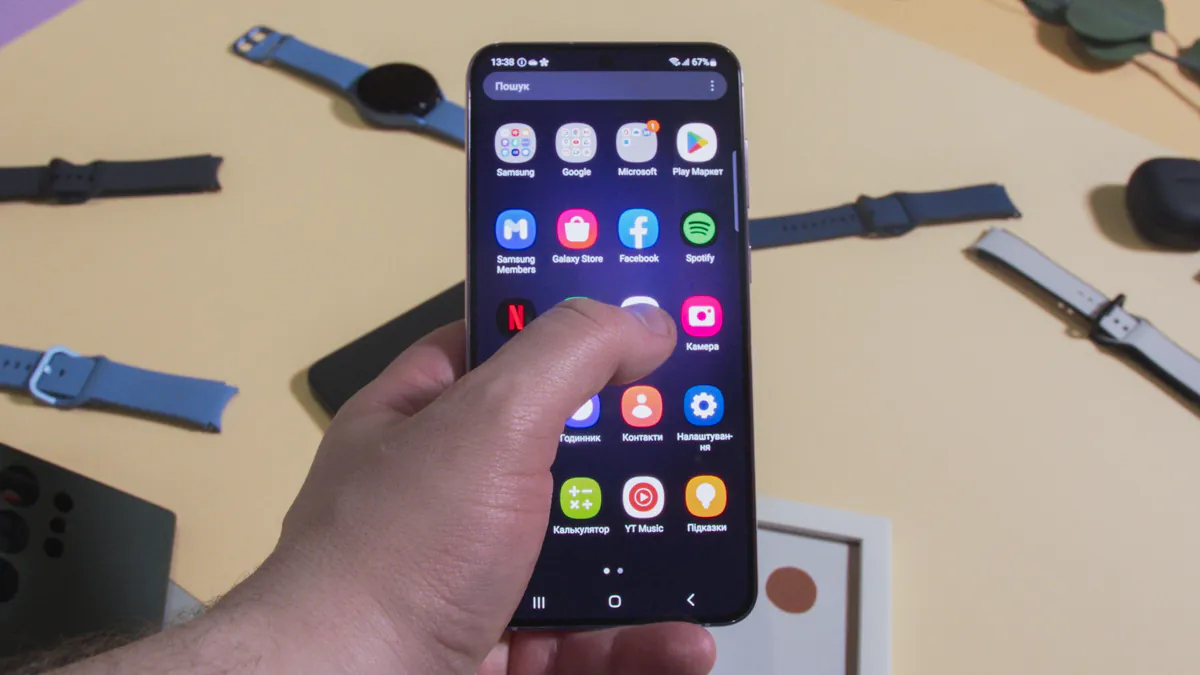
The technology and brightness of the display will also be equally cool in all models. YES, even in the S23. Dynamic AMOLED 2x, 1750 nits of peak brightness. Not a record for the series, but unification is good. Other common features are IP68 waterproofing, the absence of a mini-jack, and, of course, the flagship price.
Read also: Review of the Samsung AX32 smart air purifier (AX32BG3100GG)
Samsung Galaxy S23
Now – how smartphones differ. Samsung Galaxy S23 is a compact, VERY compact smartphone. The screen diagonal is 6.1 inches, it fits like a glove, the display is flat, and the resolution is FHD+. The screen refresh rate is fast, from 48 to 120 Hz.
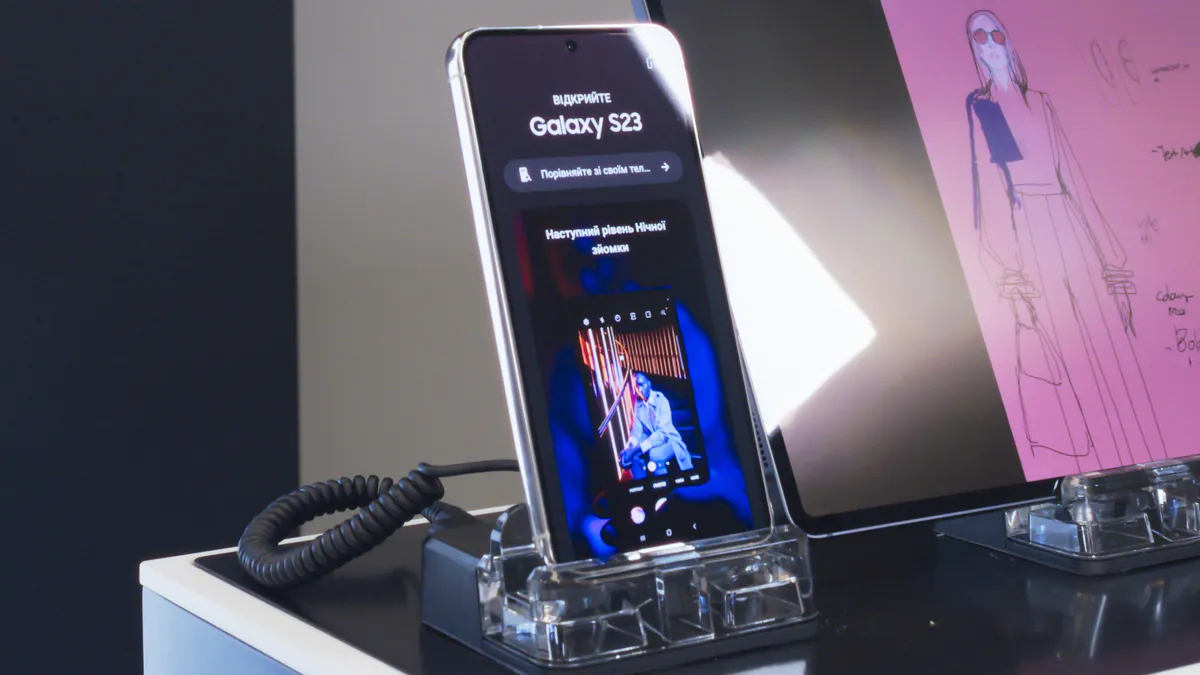
There will be 8 GB of RAM and 128 to 256 GB of permanent memory. I can’t help but have questions about the release of a 2023 flagship smartphone with 128 gigabytes of permanent storage WITHOUT memory card support, and the availability of 8K video recording. But at least the 256 GB version is available, which is already better.
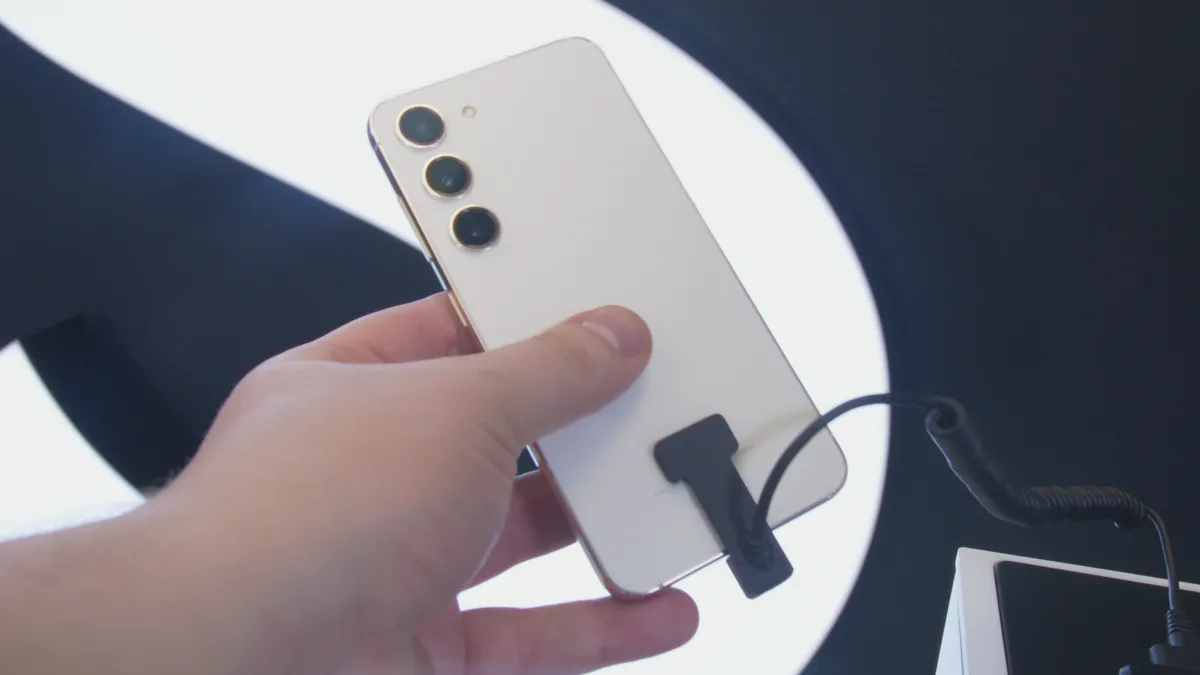
There are three camera modules. 50 MP 23 mm wide with optical stabilization, 12 MP ultra-wide with a focal length of 13 mm, plus a 69 mm threefold optical zoom of 10 MP. The front camera, according to the promotional materials, is the same as the ultra-wide camera, which is strange.
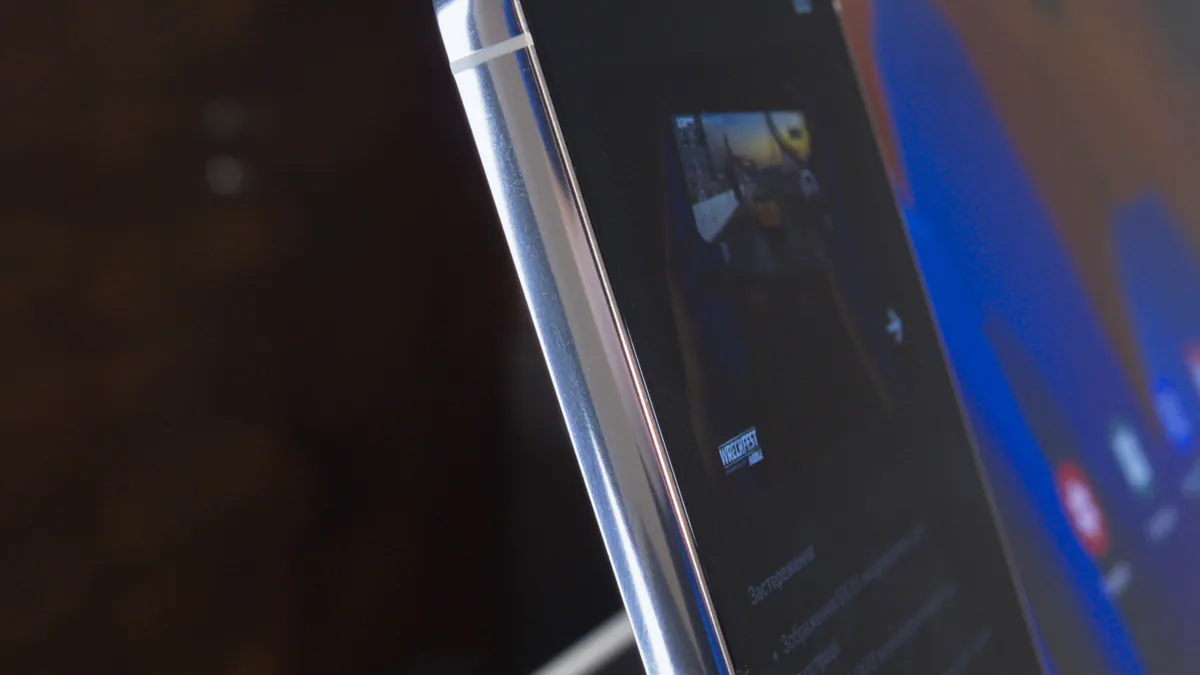
Also surprising is the low charging speed – 25 W maximum, with a battery capacity of 3,900 mAh. There might be questions about this, but don’t forget that the smartphone has a 4-nanometer Snap Gen2, which is simply top 10 in terms of energy efficiency.
Samsung Galaxy S23 Plus
The Samsung Galaxy S23 Plus has a larger 6.6-inch display, 256GB to half a terabyte of permanent storage, almost twice as fast charging at 45W, and a 4700mAh battery.
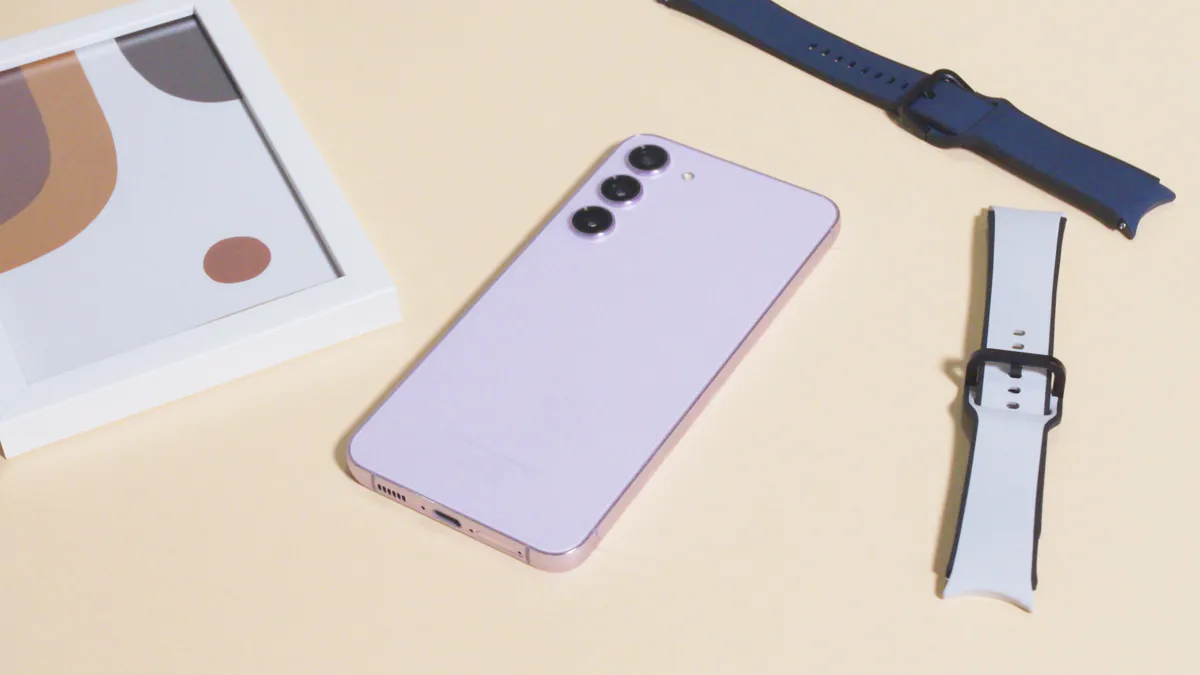
The two junior models have in common a set of cameras, the type of display and its refresh rate, system-on-a-chip, RAM, and other characteristics. The overall flat form factor is also similar.
Samsung Galaxy S23 Ultra
Samsung Galaxy S23 Ultra, or as it can be called – Samsung Galaxy Note S23 Ultra, (because of the stylus), is a flagship for a reason.
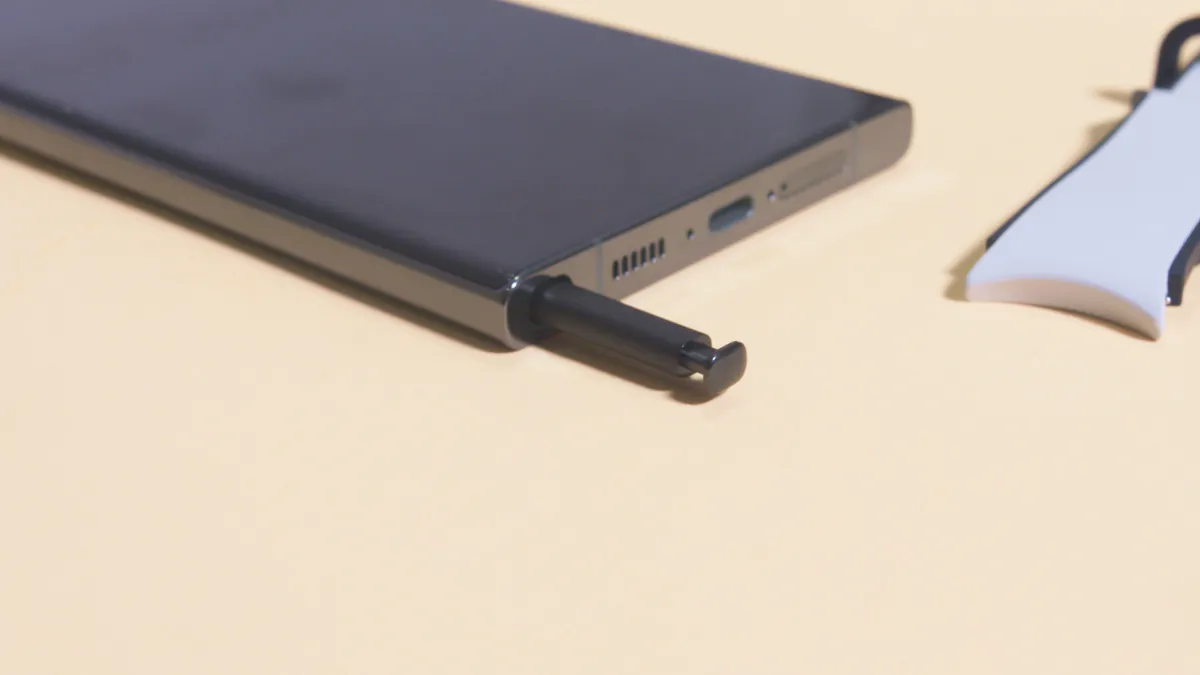
It shares with the S23 Plus a permanent storage, 45W charging speed, and some camera modules.
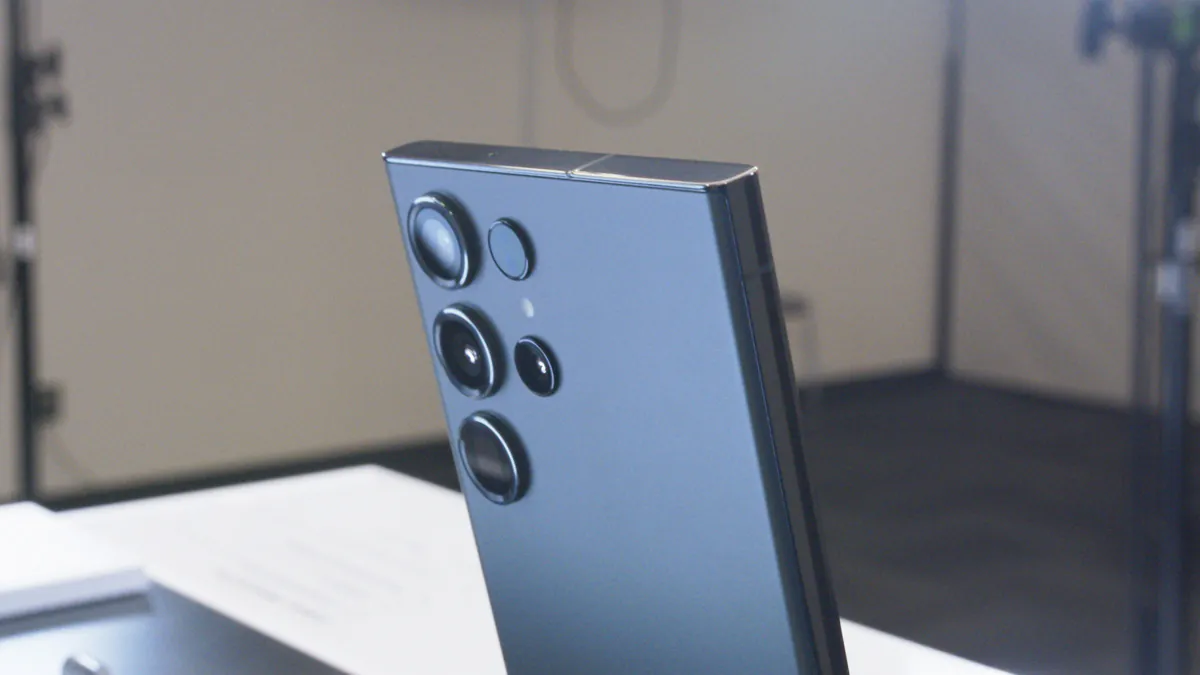
But everything else has only gotten better. The display is 6.8 inches, Quad HD+, with a refresh rate of 1 to 120 Hz. It has 12 GB of RAM and a 5000 mAh battery.
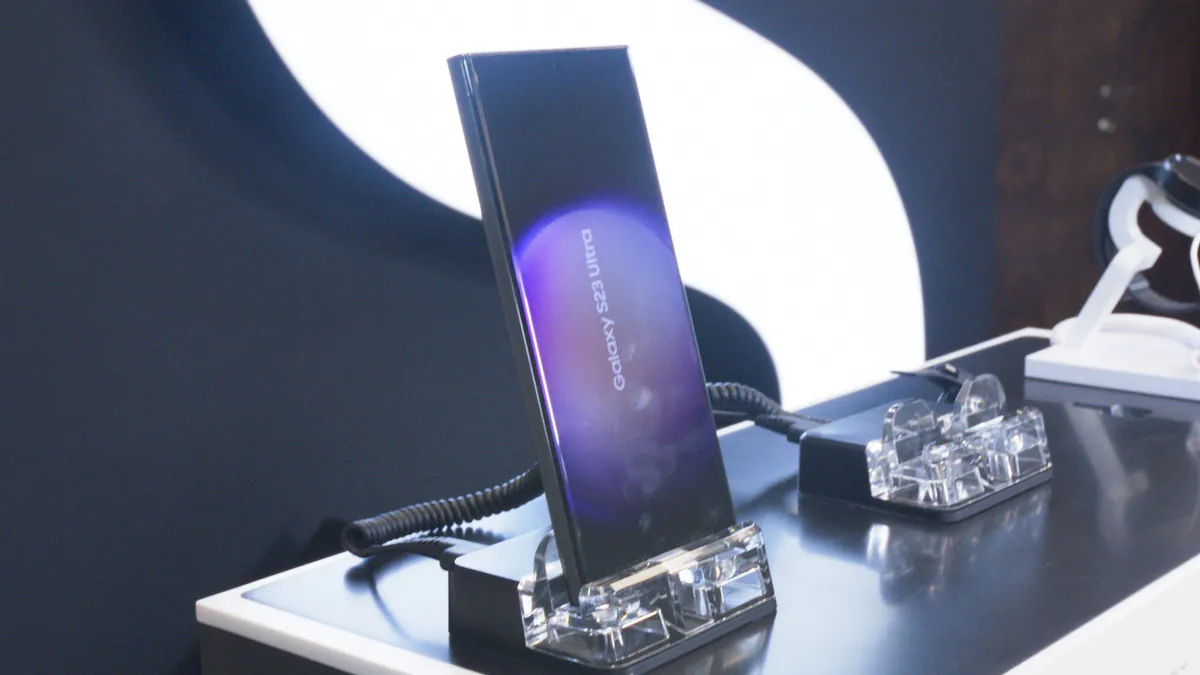
The cameras are “full of stuffing”! The main module is 200 MP with a Samsung ISOCELL HP2 sensor, 23 mm with laser autofocus and optical stabilization up to 3 degrees. The ultra-wide and three-time zoom are the same as in the younger versions, but there is also a 10-megapixel periscope with tenfold magnification and optical stabilization.
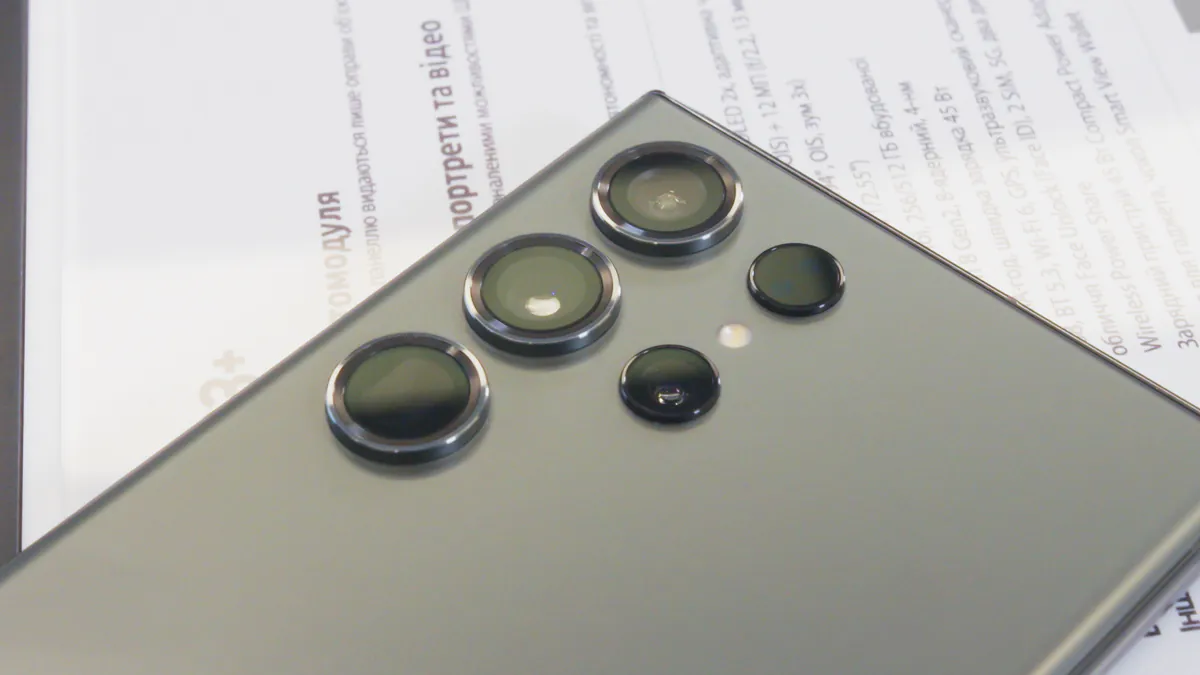
Visually, there seem to be 5 camera modules, but there are actually four of them, the fifth circle is for the laser module. The front camera is 23 mm, with autofocus, which is nice. I also note that at least the Samsung Galaxy S23 Ultra has additional VDIS video stabilization.
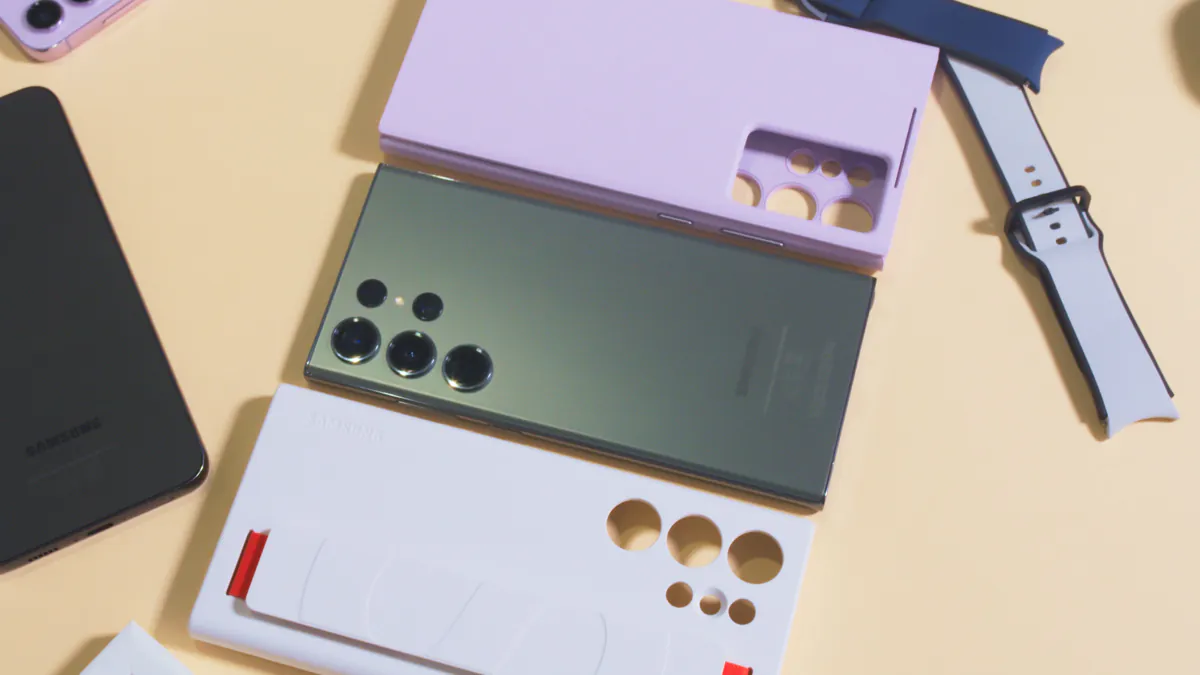
Judging by what I’ve read about it, it’s not the most elegant or reliable solution, but we’ll see how it works in reality.
Read also: Samsung Galaxy S22 Ultra review: the best Android smartphone?
Results
The results are probably as follows: Samsung is playing it safe, defensively, with evolutions without revolutions. On the other hand, ordinary consumers in Ukraine will definitely appreciate this safe approach. Still, we will have enough other shocks for a long time.
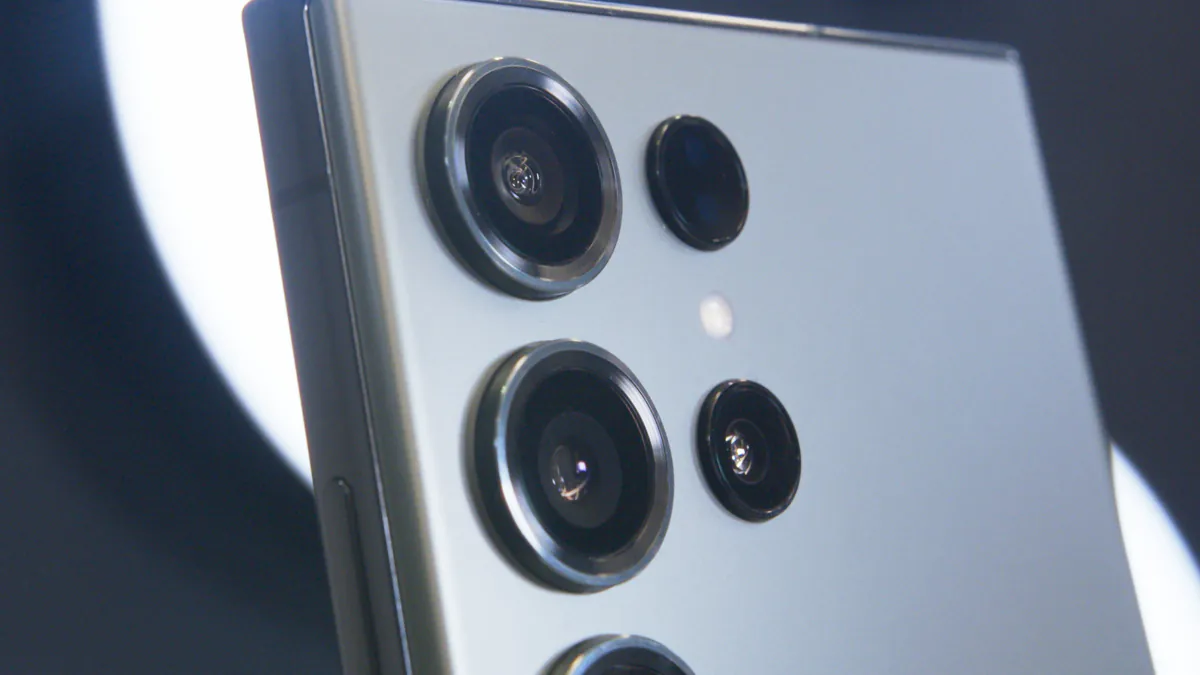
Therefore, it is difficult not to predict the fate of bestsellers for all smartphones of the Samsung Galaxy S23 line as a whole. But which model will be the most popular is not for me to decide or even guess.
Read also: Samsung Bespoke Jet: Review of a vertical vacuum cleaner with a self-cleaning station
Official video of the Galaxy Unpaked 2023 presentation



